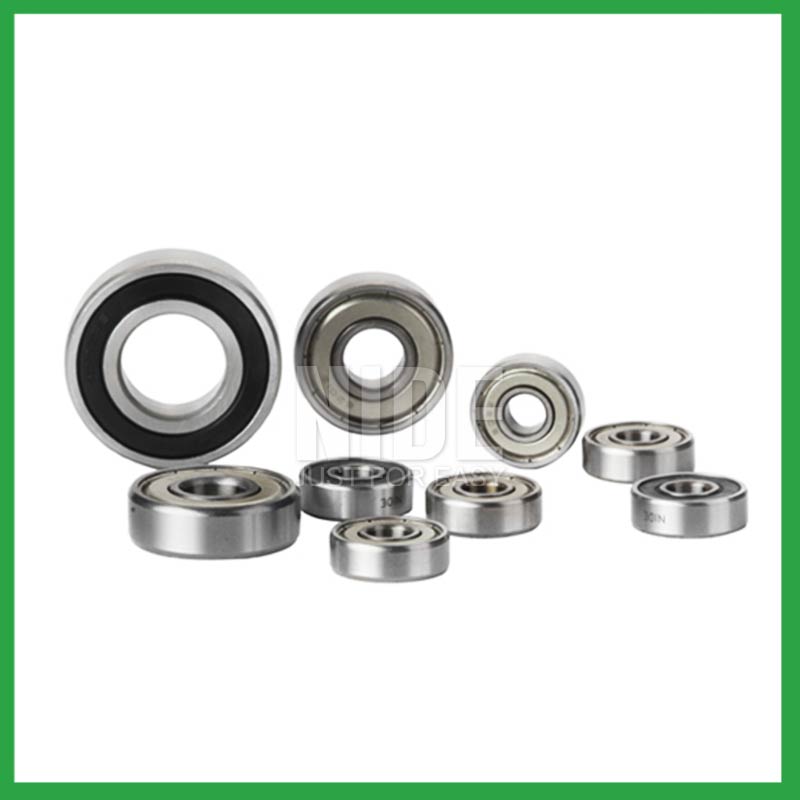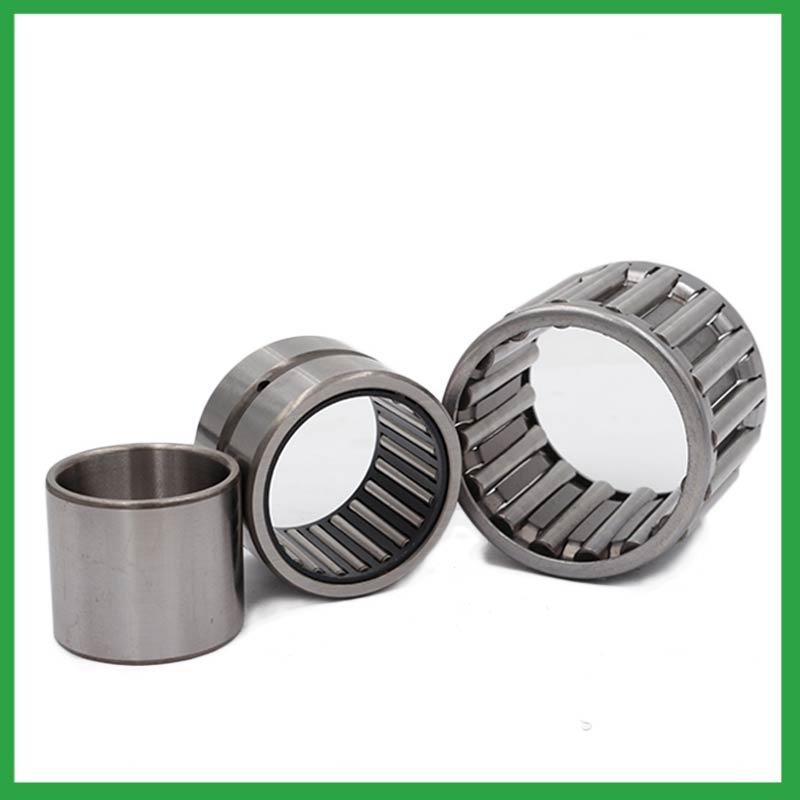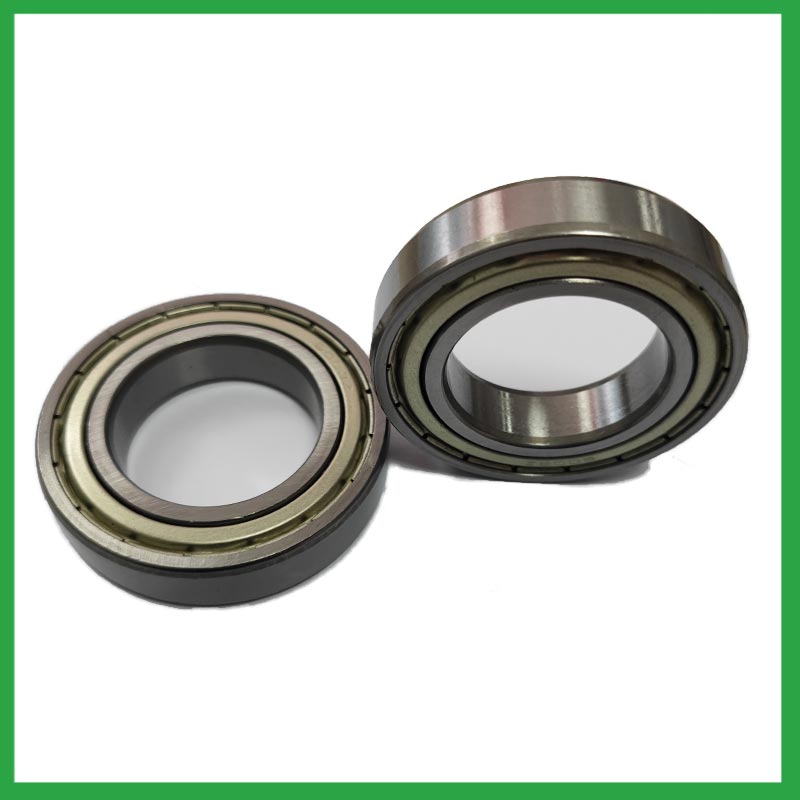PRODUCTS
CONTACT US
Ningbo Nide International Co., Ltd.
一一
· Contact person:Jack Zeng
· Mob/Whatspp/WeChat:0086-13738869026
· Email:emarketing@nide-group.com;marketing4@nide-group.com
· Add:No. 169, Wohushan Road, Daqi Subdistrict, Beilun District, Ningbo, China

Nide team could manufacture ball bearing as per customer’s drawing and samples.
If customer only has samples, we could also design drawing fo r our customer.
We also provide customized service.
Our ball bearing is widely applied the different industrials.
Haishu Nide International Co., Ltd was founded in 2010 and is located in the high-tech zone of Ningbo, the industrial center of China. It is very close to Ningbo Port and Shanghai Port. We products products including magnet,shaft,insulation paper,ball bearing,carbon brush,motor cover and lamination, etc The product is widely used in industries such as electric bicycle motor,compress motor,water pump motor,electric automotive motor,single and three phase induction motor,BLDC motor,servo motor,washing machine motor.
In addition to building machines internally and controlling their quality and service system, we also provide customers with some auxiliary machines outsourced from other professional manufacturers. Its purpose is to reduce additional work for customers and alleviate concerns about quality issues. With excellent service, unique philosophy, professional team, and reliable quality, we have gradually won the trust of global customers.

| Parameter | Information |
| Product Name | ball flange bearing |
| Place of Origin | Ningbo,Zhejiang |
| Brand Name | Nide |
| Material | ceramics, etc. |
| Type | Ball |
| Warranty | 3months-1year |
| Port | Ningbo/Shanghai |
| Application | machine tools,chemical equipment, etc. |
| Size(mm) | customize |
| Color | white+customized |
| Precision Rating | as per customer's requirement |
| Certification | ISO 9001 Certification,CE-insulation paper inserting machine,ISO9001:2015 certificate,etc |
| Feature | Low Noise,Strong carrying capacity...etc |
| Packaging Details | Suitable for sea transportation |
| Service | one-stop service |
| Model Number | ball bearing |
| Supply Ability | 100000-500000 Piece/Pieces per Month |
| Lead time (days) | 15-20 (To be negotiated) |
Please note: The above table data is for reference only. For specific information, please contact us.
The precision range of ball flange bearing is from ABEC7 to ABEC9, with a particle size of 0.3 μ m. Among them, ABEC9's ball bearings have the best precision range and are widely used in the electronics industry, precision measurement industry, and so on.
During the disassembly process, the outer shell should be kept intact to avoid unnecessary damage;
When replacing installation components, attention should be paid to the accuracy of the support components to prevent deformation;
During the disassembly process, attention should be paid to protecting the surface quality of the ball bearing to ensure its performance;
During the operation, attention should be paid to removing surface dust to ensure the quality of the ball bearing.
Ball bearings have many advantages, making them highly competitive in the market.
Firstly, they are very durable and have good wear performance, making their service life longer than many other types of bearings.
Secondly, they are easy to install and can provide low friction performance in various applications.
Thirdly, they require a relatively low level of maintenance, making them cost-effective.
In addition, compared to many other types of bearings, their purchase cost is relatively low, making them an economical choice.




ball flange bearing---FAQs Guide
2.How do ball flange bearing handle radial loads, axial loads, and combined loads, and what are their load-carrying capacities?
3.Are there ongoing research and development efforts aimed at improving ball flange bearing materials, designs, and lubrication techniques?
4.What is a ball bearing?
5.Where can ball flange bearing be used?
6.What are the advancements and innovations in ball flange bearing technology that have emerged in recent years?
7.Can ball flange bearing be used in vacuum or cleanroom environments, and what measures are taken to prevent outgassing or contamination?
8.What maintenance practices are recommended to extend the lifespan of ball flange bearing and prevent premature failure?
9.What is the role of ball flange bearing in reducing friction and energy loss in rotating machinery?
10.How do manufacturers ensure the quality and reliability of ball flange bearing through material selection and precision machining?
1.Are there ball flange bearing designed for extreme temperature environments, such as cryogenic or furnace applications?
High temperature ball flange bearing use specialized lubricants to stand up to high temperatures. Grease-packed bearings are pre-filled with fluorine grease for high temperatures, while YS and SJ bearings use molybdenum disulfide (MoS2) solid lubricant to withstand temperatures up to 350°C and 400°C respectively.
2.How do ball flange bearing handle radial loads, axial loads, and combined loads, and what are their load-carrying capacities?
The type of bearing used also varies between these loads. While deep-groove ball flange bearing are better equipped to handle radial loads, thrust ball bearings are designed for axial loads. However, it's essential to note that most bearings, such as angular contact ball bearings, can handle both radial and axial loads.The Bearing Static Capacity, Co, is the maximum load that can safely be applied to a non-rotating bearing that will not cause subsequent bearing operation to be impaired. It is based on calculated contact stress at the center of the most heavily loaded rolling element where it contacts the Inner Race.
3.Are there ongoing research and development efforts aimed at improving ball flange bearing materials, designs, and lubrication techniques?
A custom ball flange bearing can satisfy almost any customer’s needs. Your application may need a needle roller or ball bearing, a radial or angular contact design, a plain carbon steel bearing with anti-corrosion coatings or stainless steel, a thrust bearing or a spherical bearing, tight or loose radial play, sealed or non-sealed designs
4.What is a ball bearing?
A ball bearing is a type of rolling-element bearing that uses balls to maintain the separation between the bearing races.
The purpose of a ball bearing is to reduce rotational friction and support radial and axial loads. It achieves this by using at least two races to contain the balls and transmit the loads through the balls. In most applications, one race is stationary and the other is attached to the rotating assembly (e.g., a hub or shaft). As one of the bearing races rotates it causes the balls to rotate as well. Because the balls are rolling they have a much lower coefficient of friction than if two flat surfaces were sliding against each other.
Ball bearings tend to have lower load capacity for their size than other kinds of rolling-element bearings due to the smaller contact area between the balls and races. However, they can tolerate some misalignment of the inner and outer races.
5.Where can ball flange bearing be used?
ball flange bearing are very versatile. They can be designed to withstand radial loads, axial loads and combined radial/axial loads at various operating speeds. These characteristics, combined with the relative cost and compactness of the design, give it universal appeal within the industry. Ball bearings are widely used in electric motors, gear reducers and pumps. Serving the automotive, home appliances, aerospace, oil and gas drilling, and mining sectors.

6.What are the advancements and innovations in ball flange bearing technology that have emerged in recent years?
Significant advancements have been made in ball flange bearing steels over the years. Modern, ultra-clean bearing steels contain fewer and smaller non-metallic particles, giving ball bearings greater resistance to contact fatigue.
7.Can ball flange bearing be used in vacuum or cleanroom environments, and what measures are taken to prevent outgassing or contamination?
Bearings specify stainless steel for vacuum or cleanroom applications as stainless steels used for the rings, balls and retainer exhibit low outgassing. They usually supply open or shielded stainless steel bearings as vacuum bearings as these will outgas less than a nitrile rubber sealed bearing.
8.What maintenance practices are recommended to extend the lifespan of ball flange bearing and prevent premature failure?
Proper handling and installation of ball flange bearing is essential to preventing premature failure. Ensure that bearings are stored and transported in a clean, dry, and vibration-free environment. During installation, ensure that bearings are properly aligned, and torque is applied correctly.
9.What is the role of ball flange bearing in reducing friction and energy loss in rotating machinery?
ball flange bearing reduce friction by using smooth balls lubricated with oil or grease that freely roll between a smooth inner and outer surface. The main concept of the ball bearing is that objects that roll past each other produce less friction than if the objects were sliding against each other.
10.How do manufacturers ensure the quality and reliability of ball flange bearing through material selection and precision machining?
High-precision measuring instruments, such as micrometers and gauges, are used to check the dimensions of the rings and balls to ensure they meet tight tolerances. Surface Finish Inspection: Surface finish is assessed using profilometers to ensure the required smoothness and low friction characteristics.


